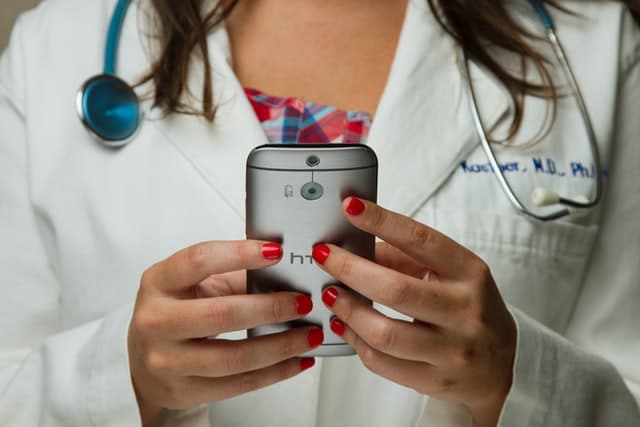What is Telehealth Service? – Overview
What is Telehealth Service? – We keep hearing how the internet has changed our lives but find it hard to pinpoint more than a handful of its uses.
Apart from providing you with a world of information at your fingertips, the internet also allows us to stay in touch with family and friends living in far-off places as well as shop online and even get medical help.
Thanks to the advances in technology and medical science, today various telehealth tools help us efficiently manage our healthcare.
What is Telehealth?
Telehealth also called e-health (electronic-health) or m-health (mobile-health), refers to the use of digital data and communication tools to access health services from remote locations and manage one’s health more effectively.
Telehealth contains technologies that can be used by patients at home. It also consists of technologies that the doctor may use to improve providing healthcare services and support.
What are the aims of Telehealth Services?
Telehealth services are meant to:
- Make healthcare accessible to patients living in rural or isolated communities
- Make healthcare services easily available and convenient for people who have restricted mobility, transport or time
- Providing easier access to medical specialists
- Improving communication and coordination of healthcare among healthcare team members and the patient
- Providing optimal support for self-management of health
How does Telehealth Service work?
Telehealth services have the following functions and use:

What is Telehealth Service – How does Telehealth Service work
1. Patient portal
Almost every primary healthcare center today has an online patient portal. These are highly secure and efficient online alternatives to communicate instead of conventional email.
This way, patients can share sensitive medical information with their doctors and healthcare teams confidentially.
With a patient portal, you can:
- Communicate with your doctor/healthcare team members
- Request for prescription refills
- Schedule appointments or request for appointment reminders
- Review test results and summaries of earlier visits
If your doctor works as part of the larger healthcare system, then the patient portal also acts as a Single-Point-of-Communication to communicate with your doctors and specialists
2. Virtual appointments
Several healthcare clinics also provide the option to get virtual appointments. This way, you can see your doctor or nurse through online video-calling.
These appointments help you to receive the current medical care from your doctor when a personal visit is not possible.

What is Telehealth Service – Virtual appointments
Besides, telehealth services also allow you to make online appointments with doctors or nurse practitioners for minor illnesses, which otherwise require you to visit your doctor personally.
As soon as you log in to the patient portal, you are offered a series of questions. Using the information you provide in answer to these questions, your doctor can easily prescribe medications, give advice on home-care management and suggest additional medical care, if needed.
In addition, you can also book virtual appointments with nursing call centers where trained nurses use a set of questionnaires to provide healthcare advice.
3. Remote monitoring
Telehealth technology provides your doctor and healthcare team with several different ways to monitor your health remotely. Some of these remote medical monitoring technologies include:
- Internet-based, or mobile apps, avenues to upload information, including blood glucose readings, to your healthcare team or doctor
- Devices that can measure and wirelessly transmit your vital stats, such as blood pressure, lung function or glucose levels directly to your healthcare provider
- Wearable tech devices are programmed to automatically monitor, record and transmit vital information, including blood glucose, heart rate, etc.
- Home monitoring devices designed for older people, or people with dementia, that can detect changes in normal behavior and alert the healthcare provider about it
4. Medical communication
Telehealth technology also helps doctors to provide better care for patients. For instance, a virtual appointment allows your doctor to get input from specialists in case there are questions regarding your diagnosis or treatment.
Your regular doctor will send exam notes, test results, medical history, etc. to specialists for review. The specialist can respond virtually, conduct an online meeting with the doctor or even request a personal meeting for further discussion.
Using this advanced communication technique, it is possible to avoid unnecessary in-person visits to specialists, decrease wait time for specialists to share their input and remove the need for unwanted traveling, especially in these times of social distancing.
5. Personal health records
A PHR (personal health record) system is a collective source of information about your health that can be easily controlled and managed.
You can access a PHR system using any internet-powered device, including your desktop computer, laptop, tablet or smartphone.
During an emergency, your doctor can swiftly check your medical history and plan the safest and most effective treatment strategies.
Conclusion
Telehealth is a great boon for the entire healthcare infrastructure of the country. Patients and doctors have found an optimal source of information and communication.
This technology has helped doctors and healthcare providers to offer their services promptly, more efficiently and from remote locations.
